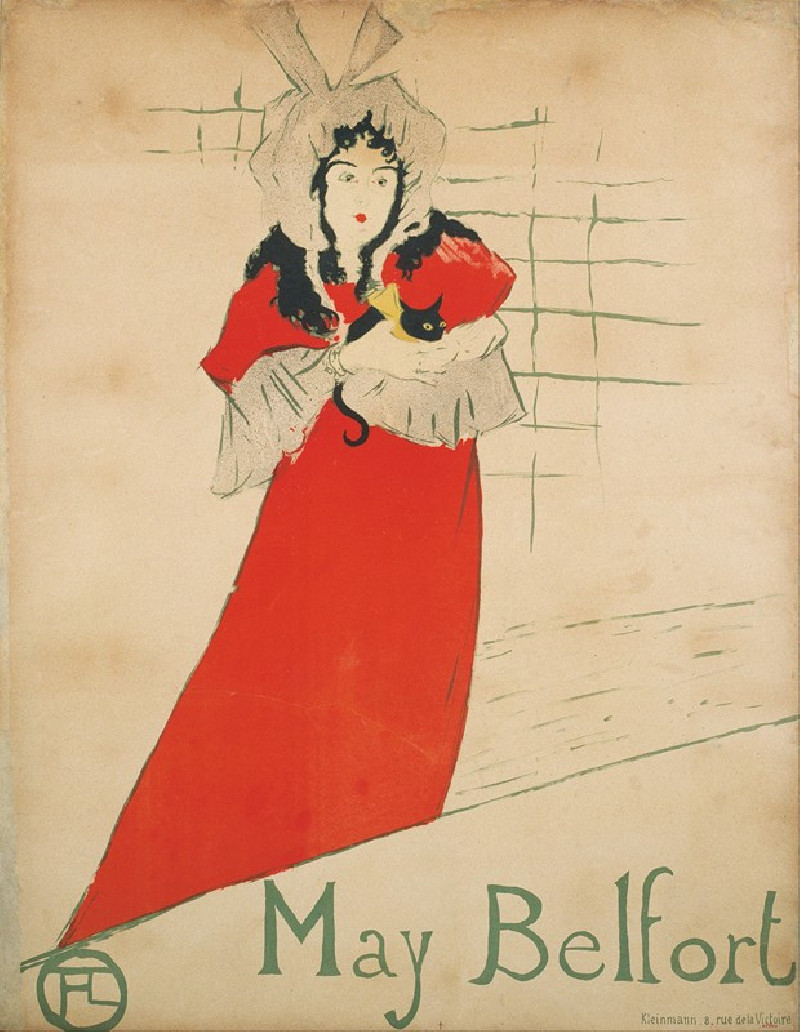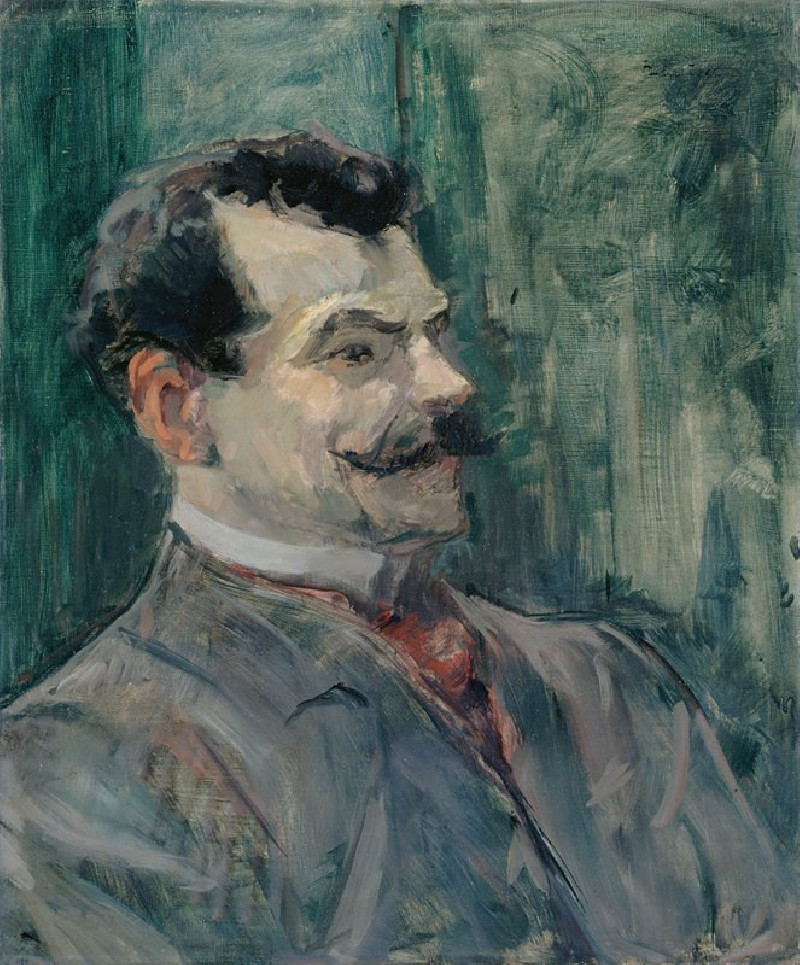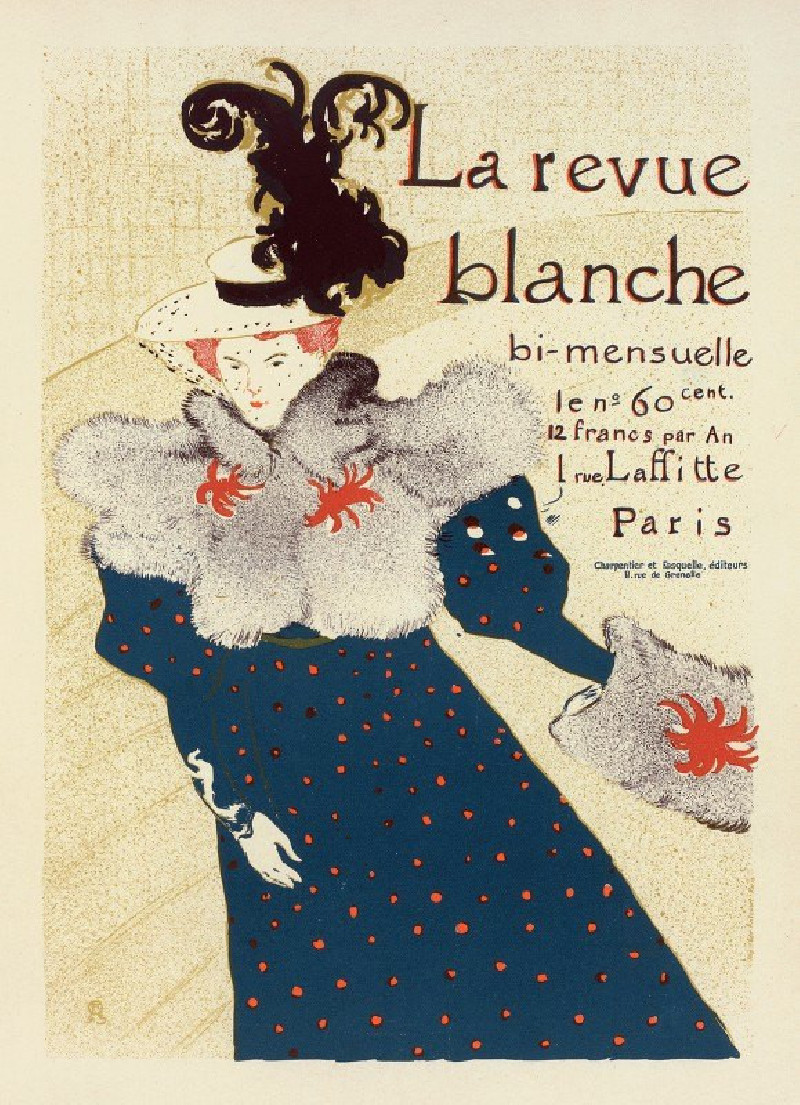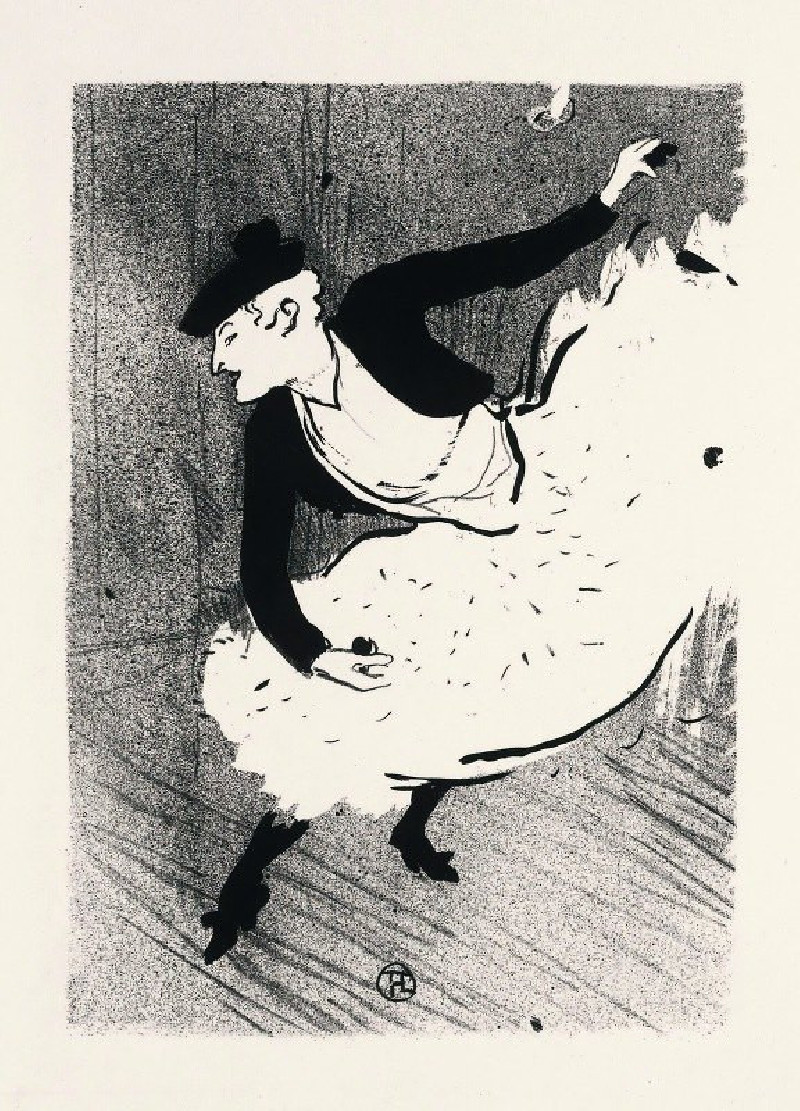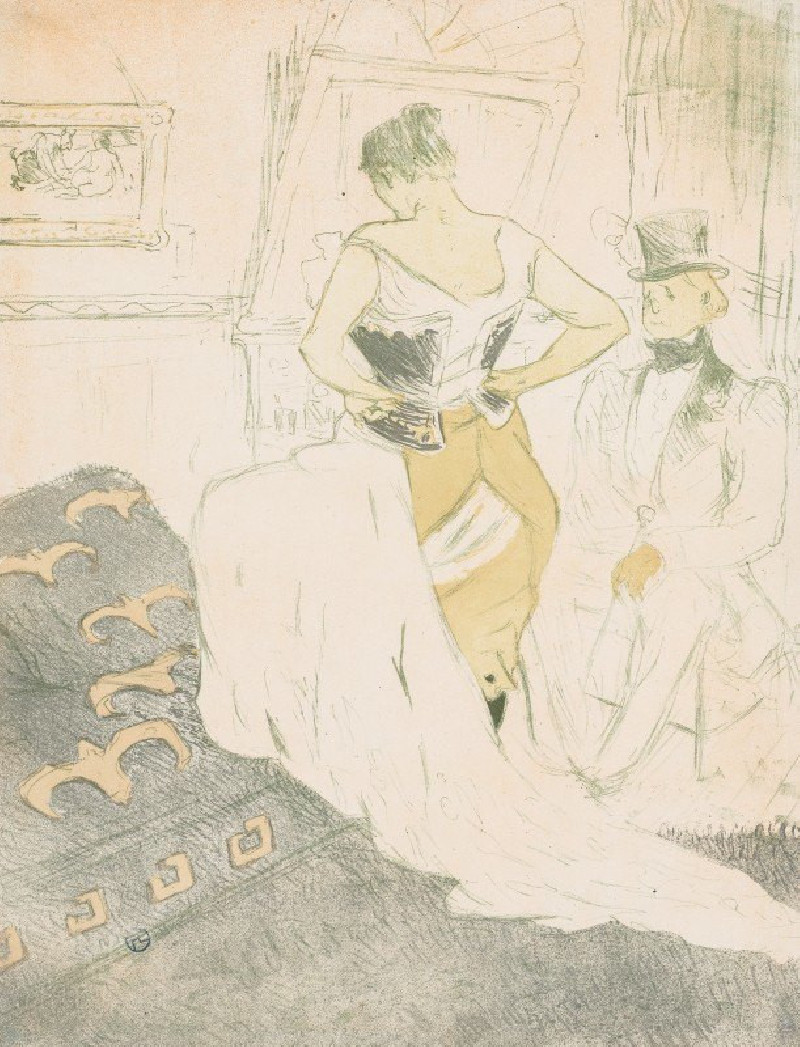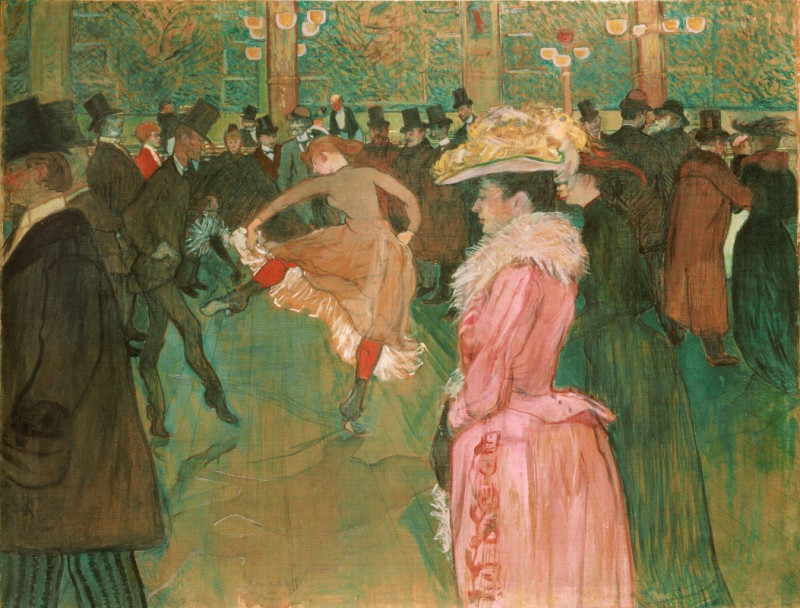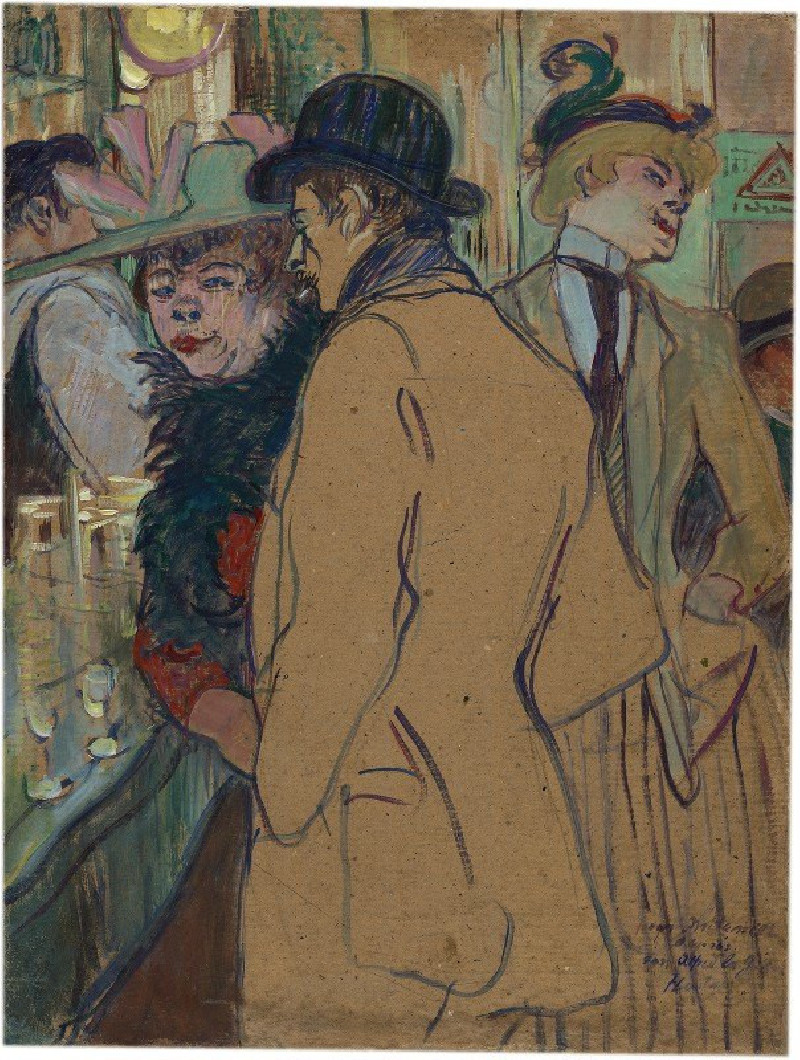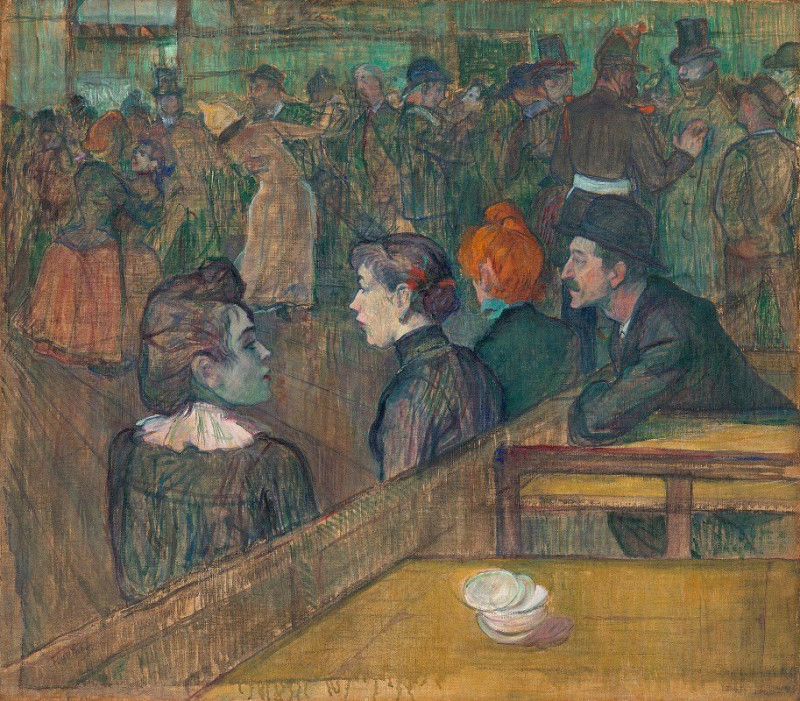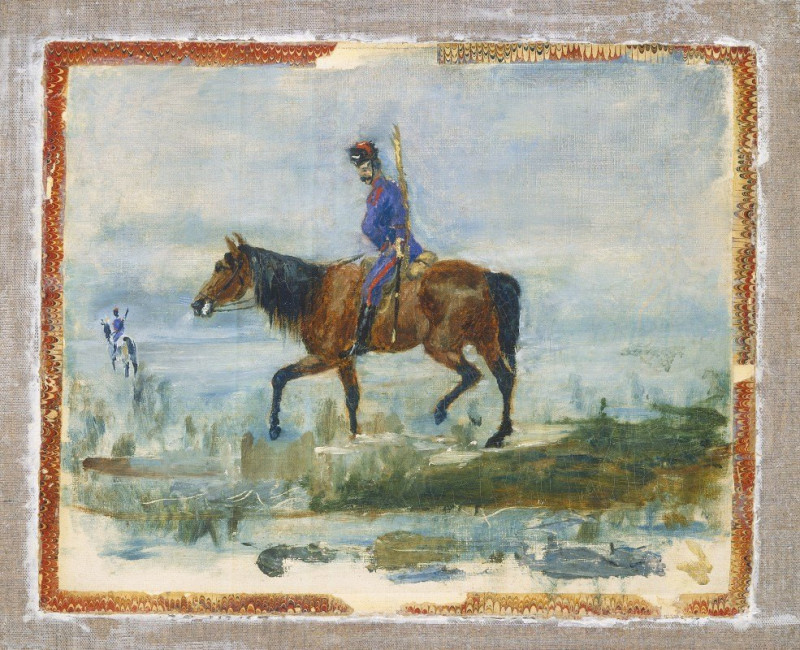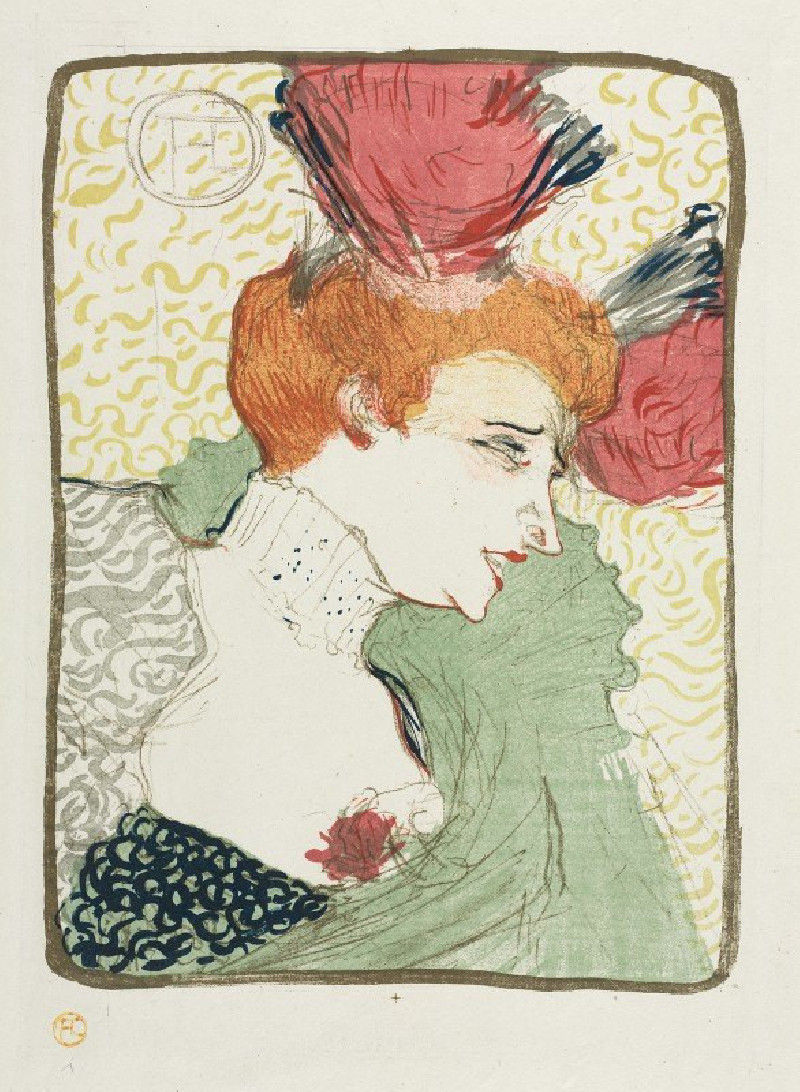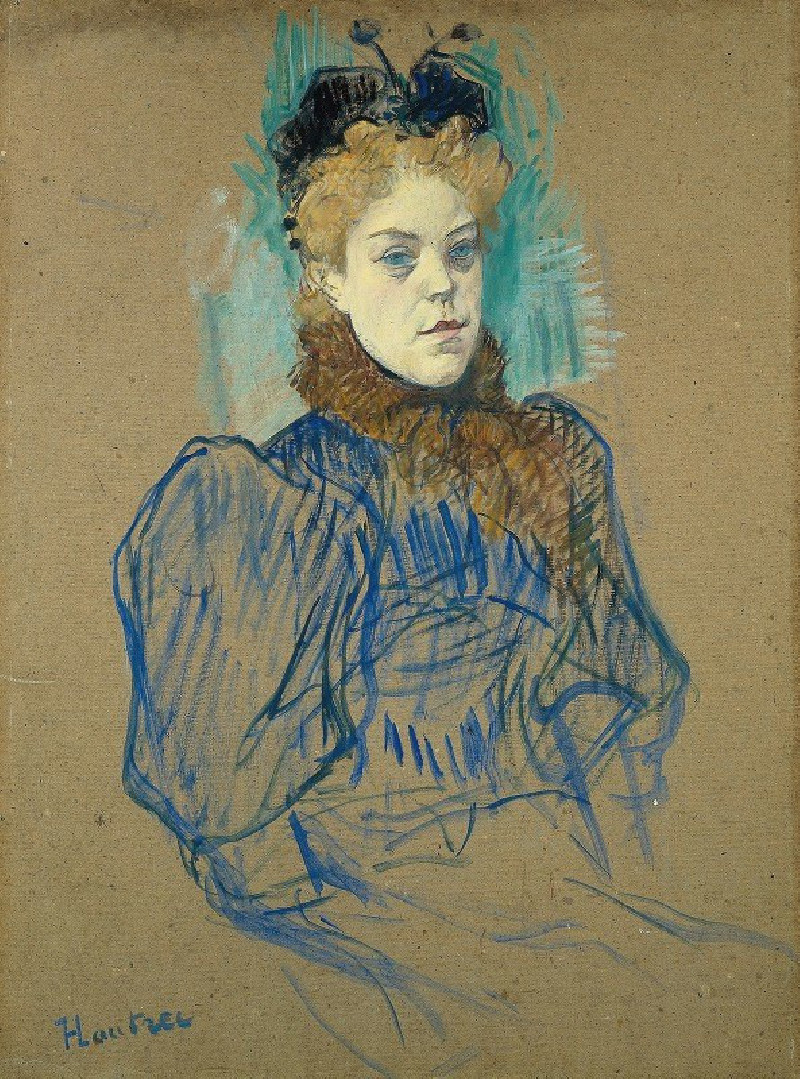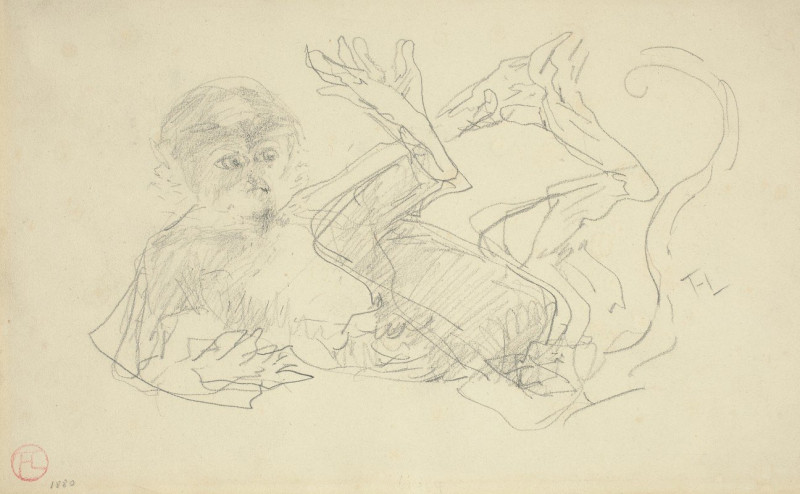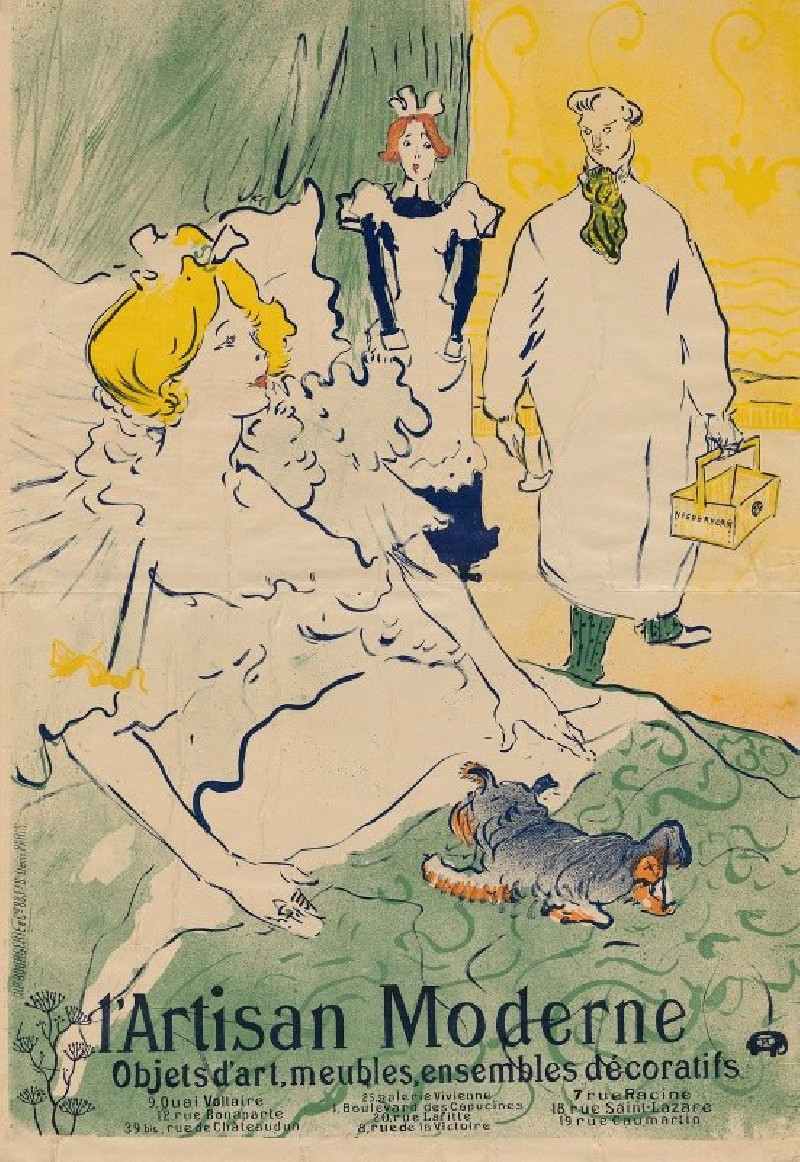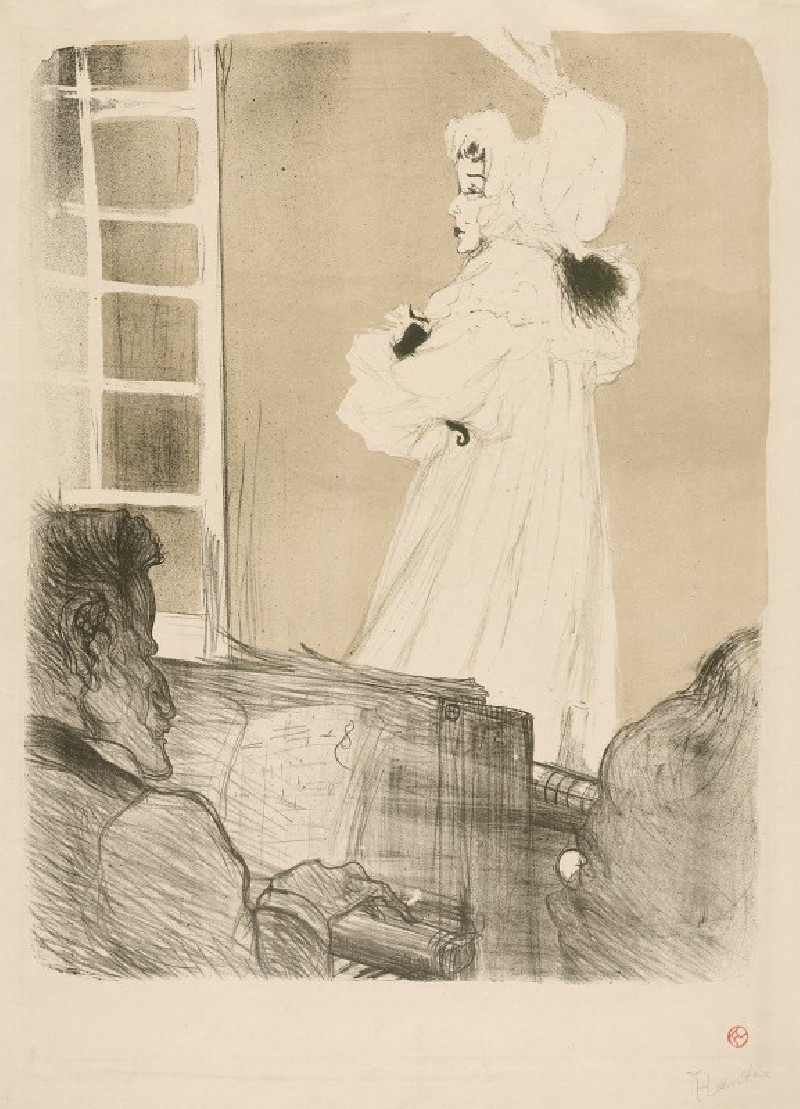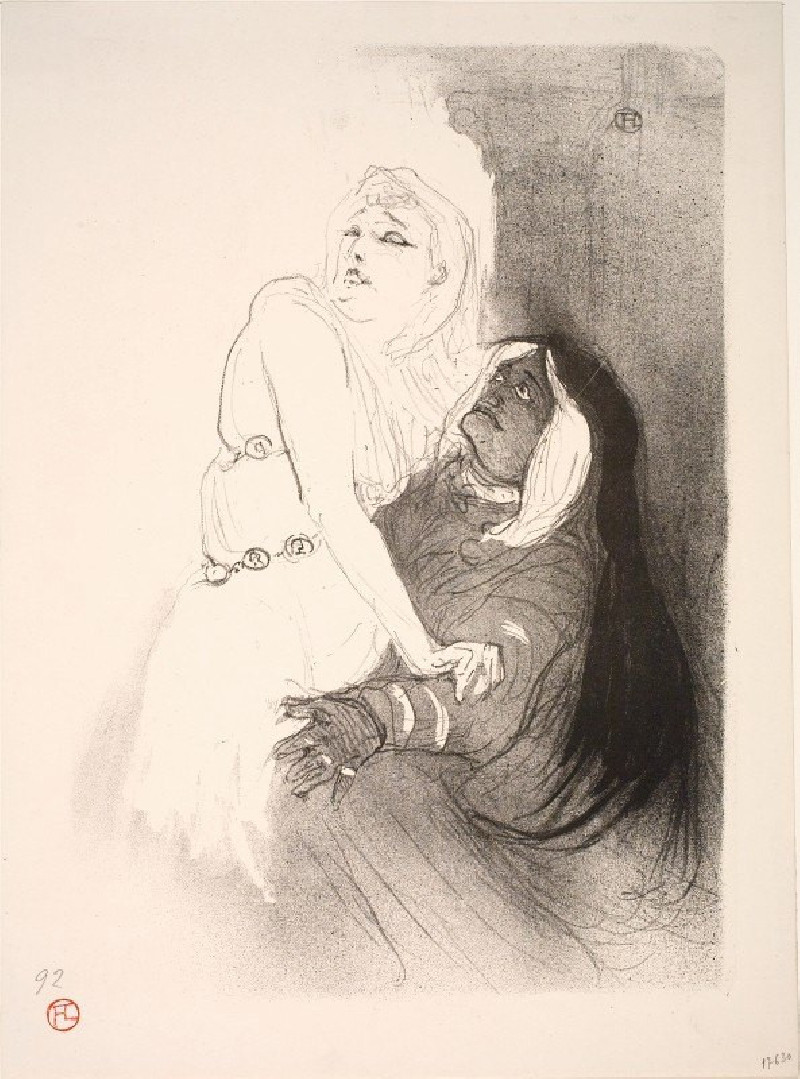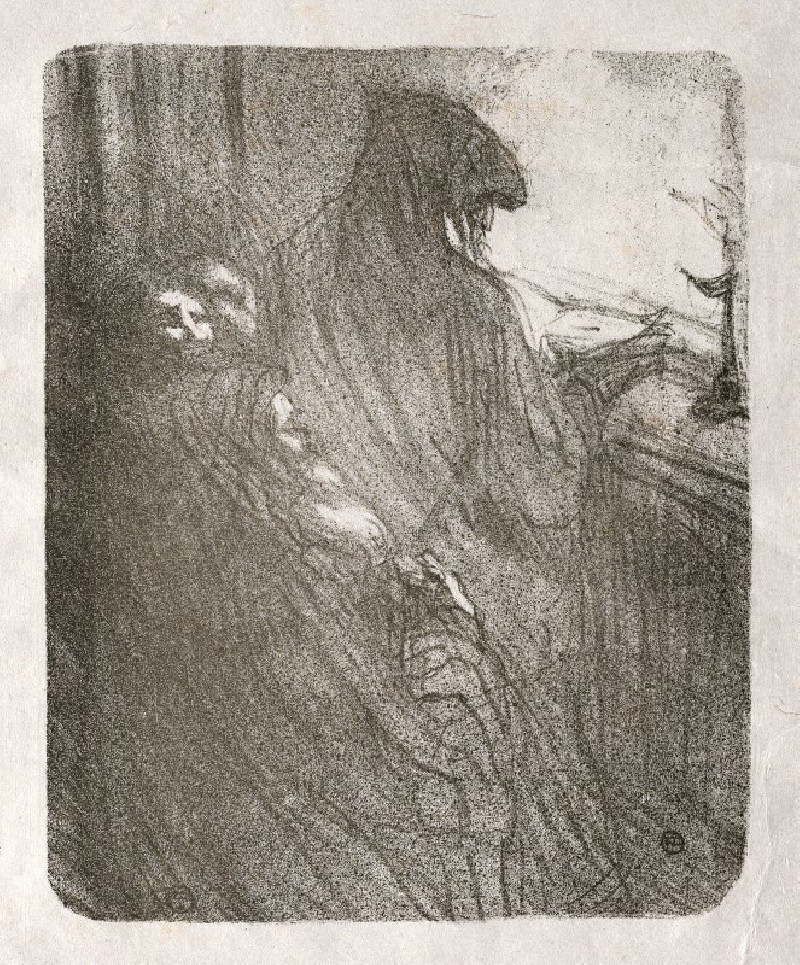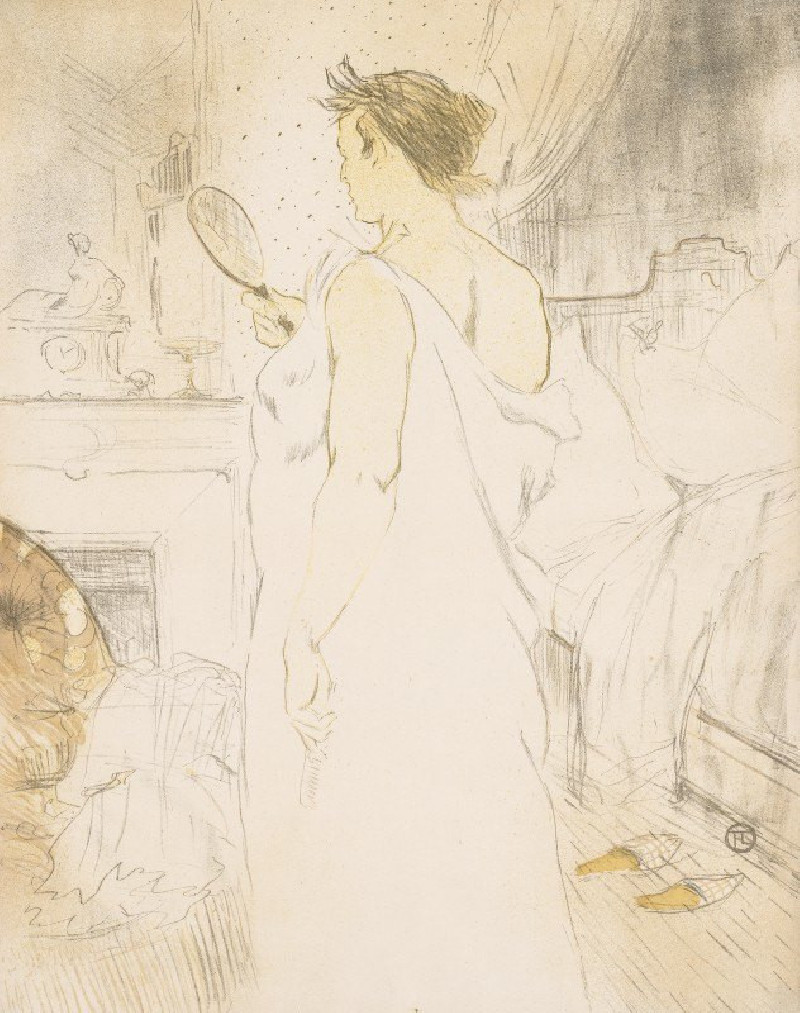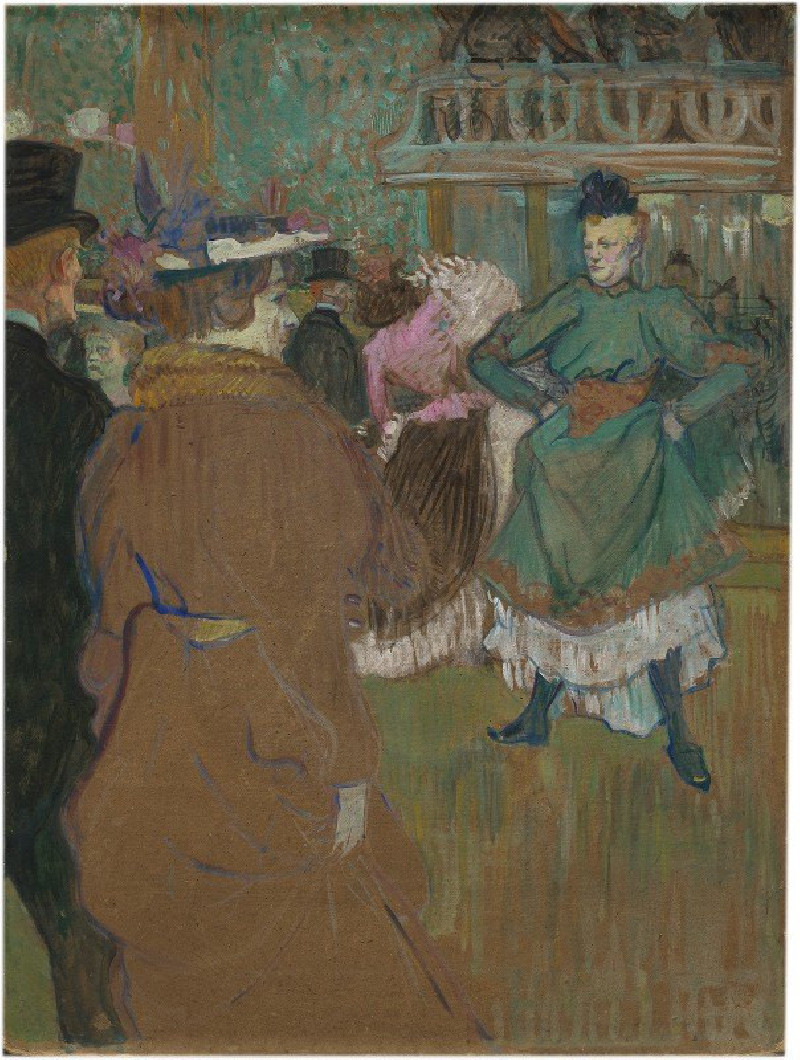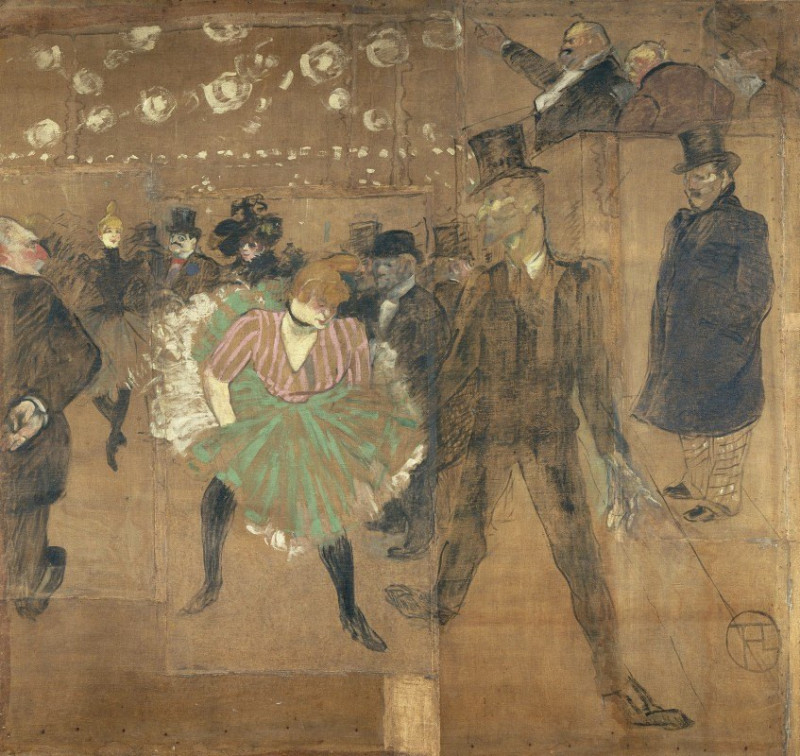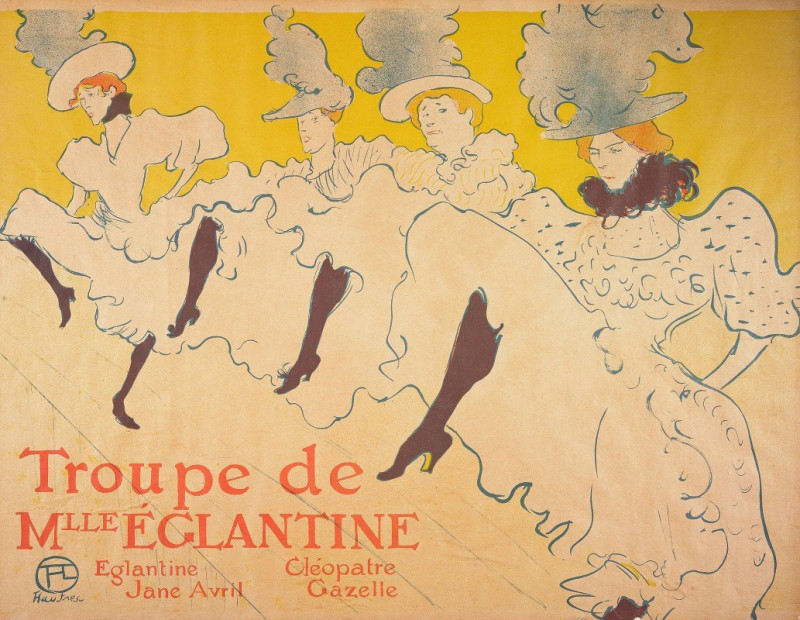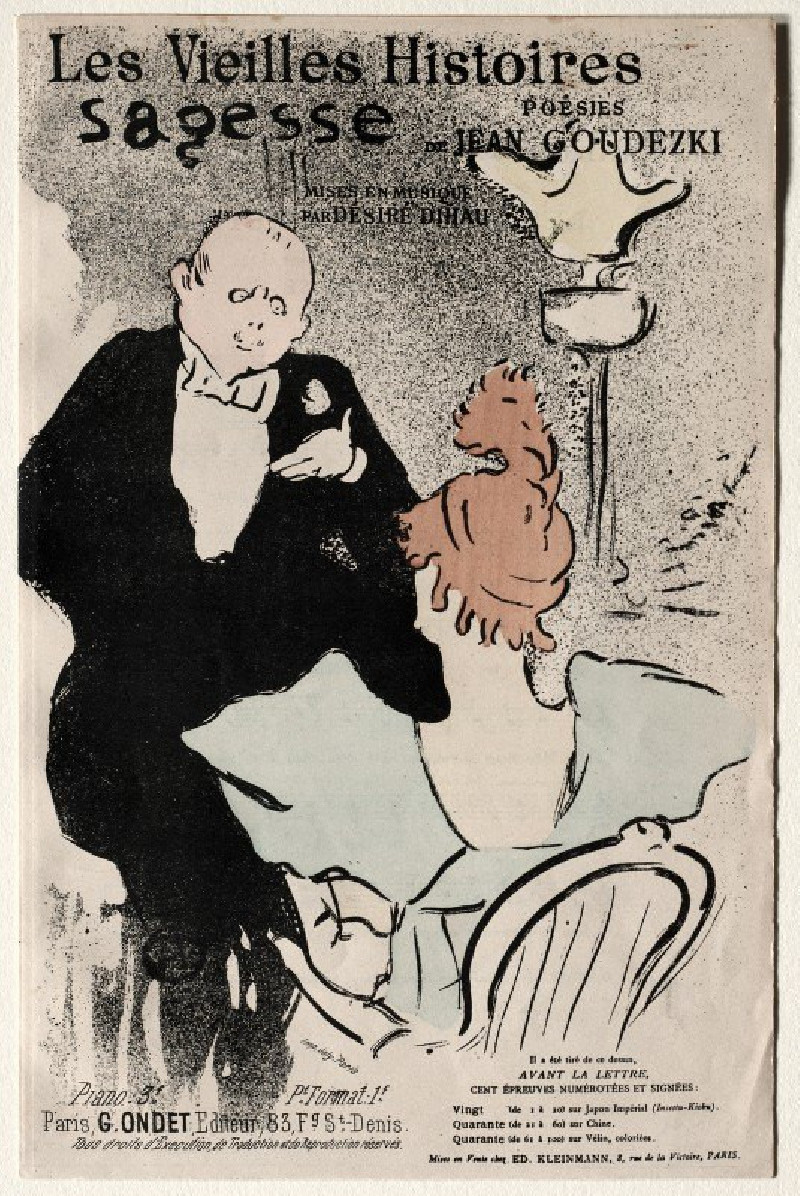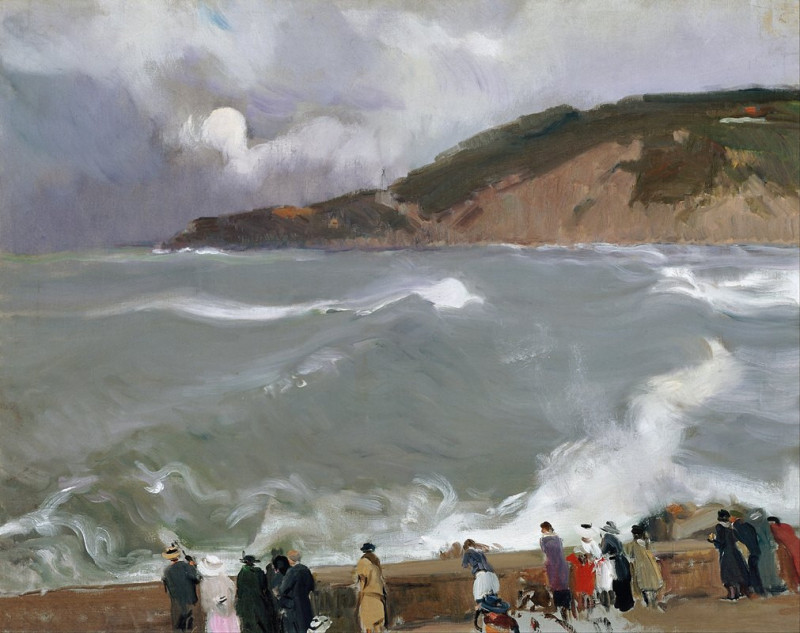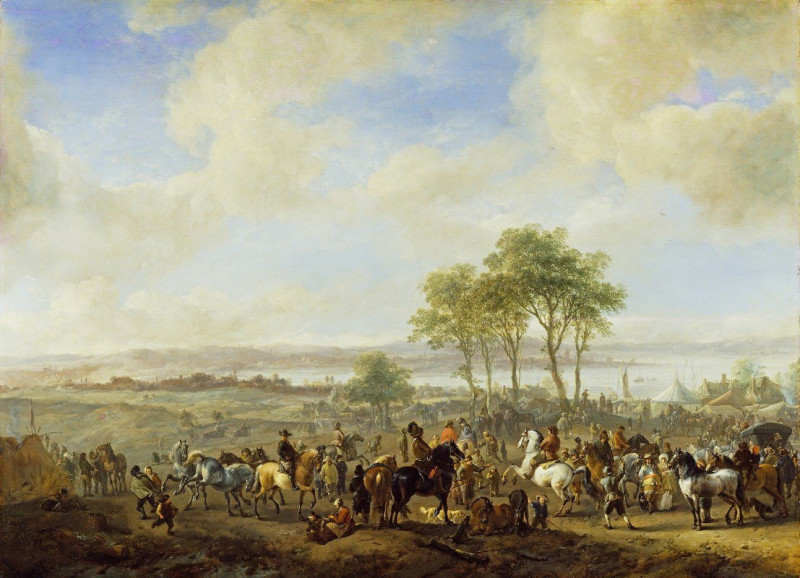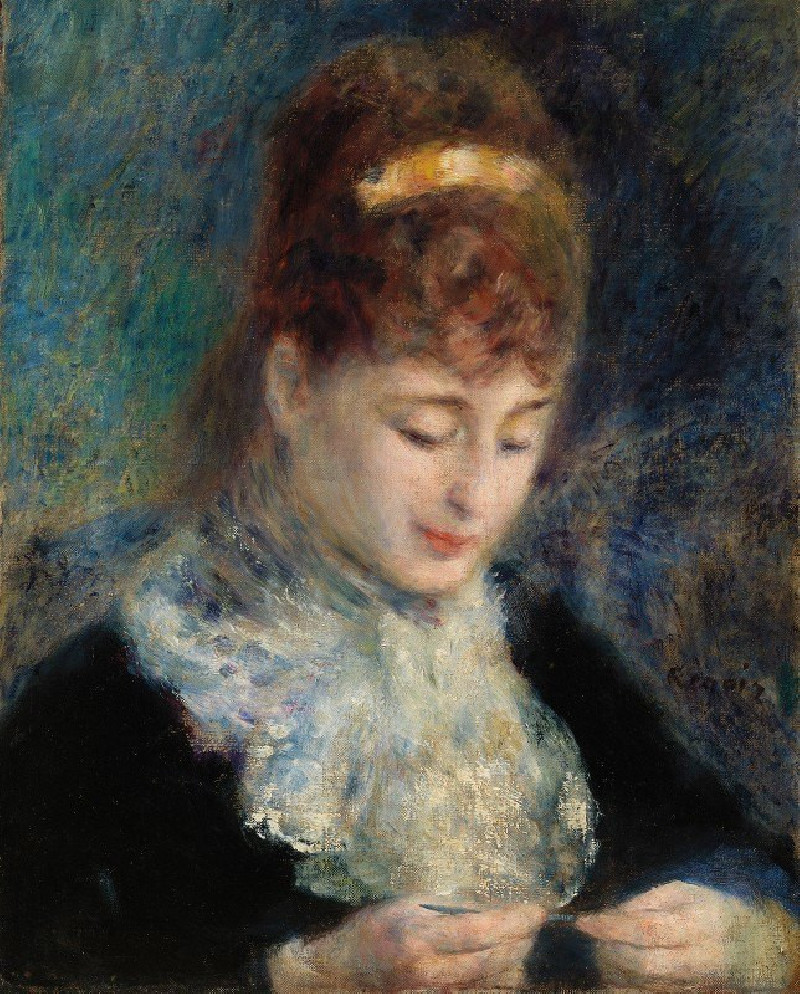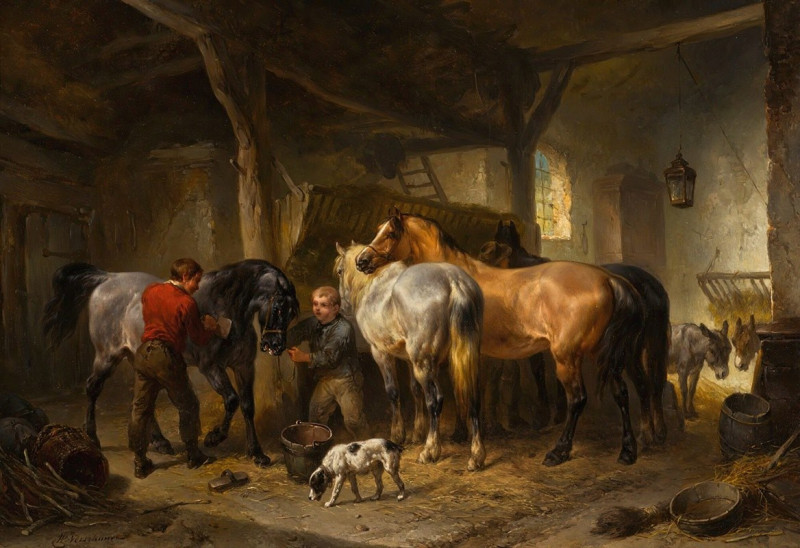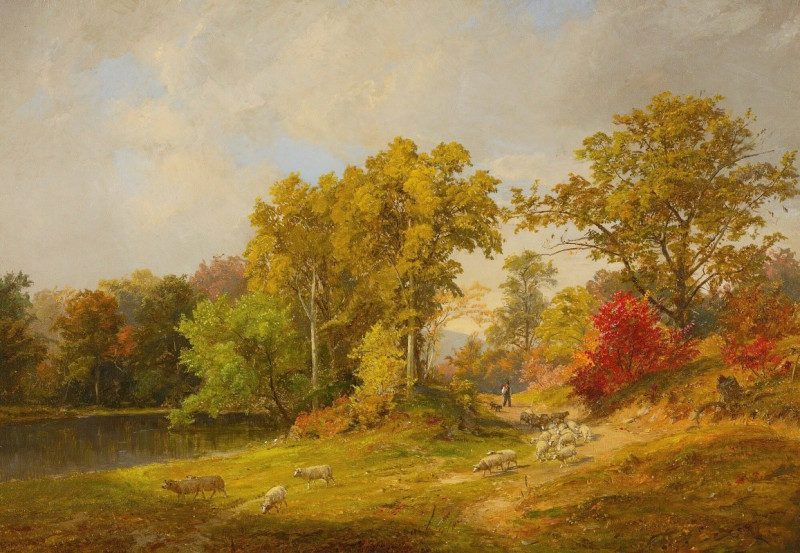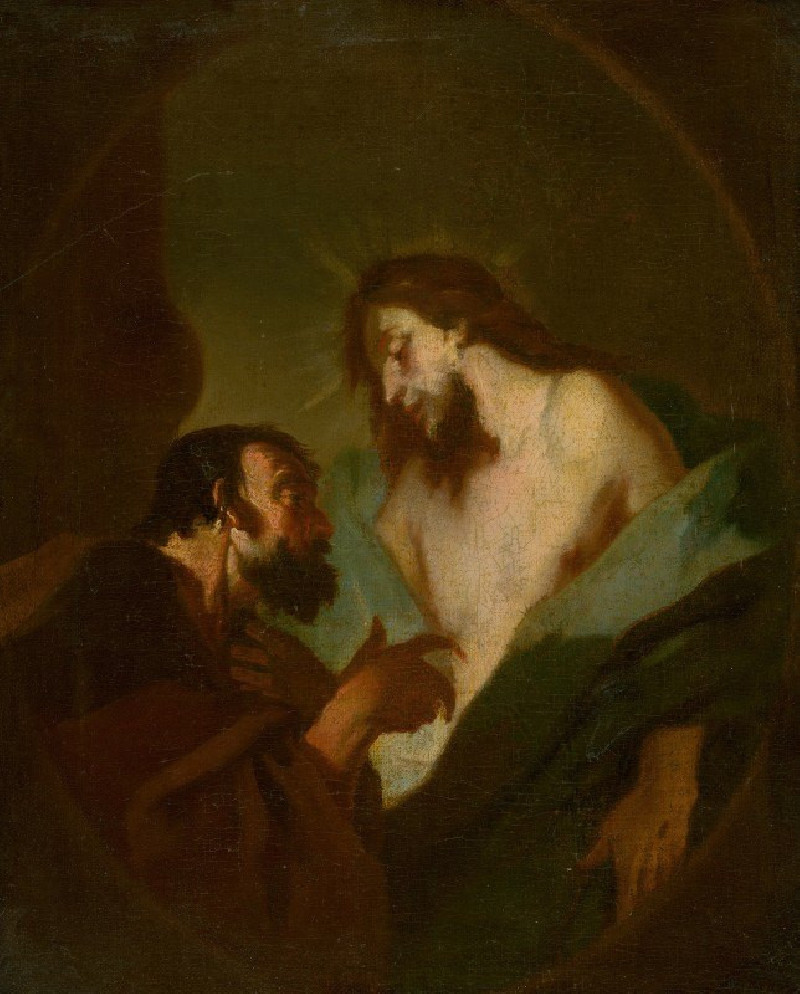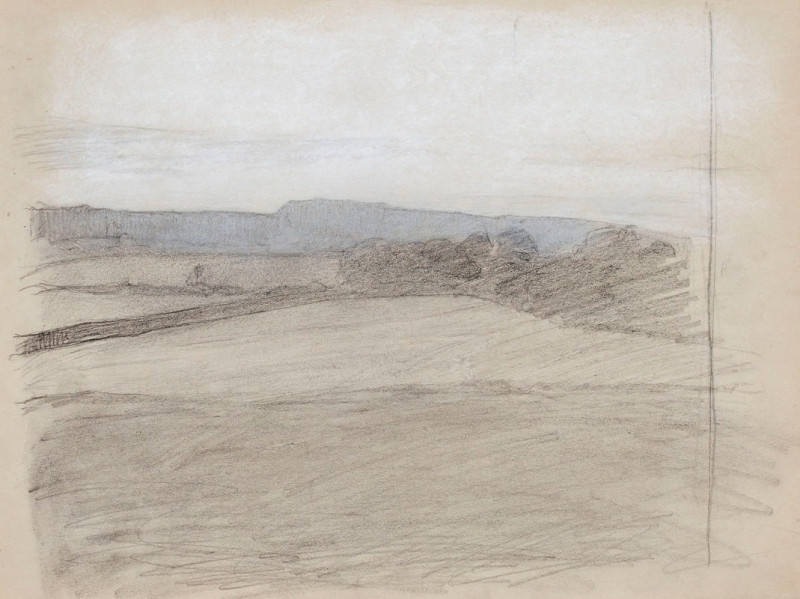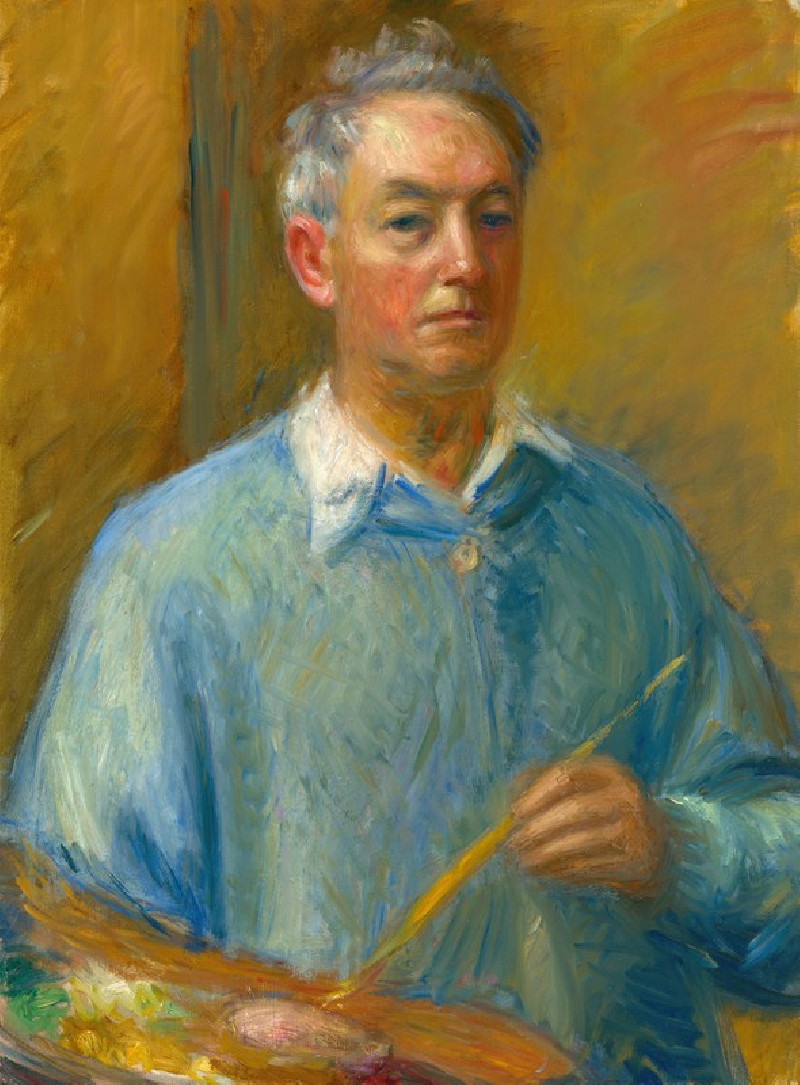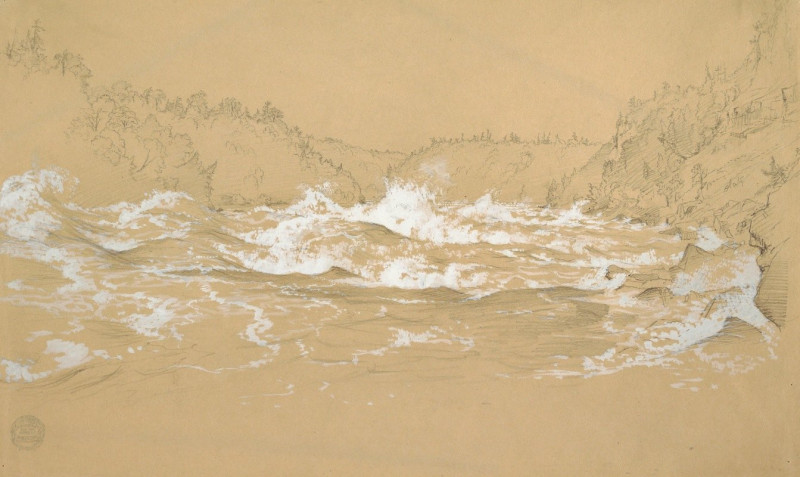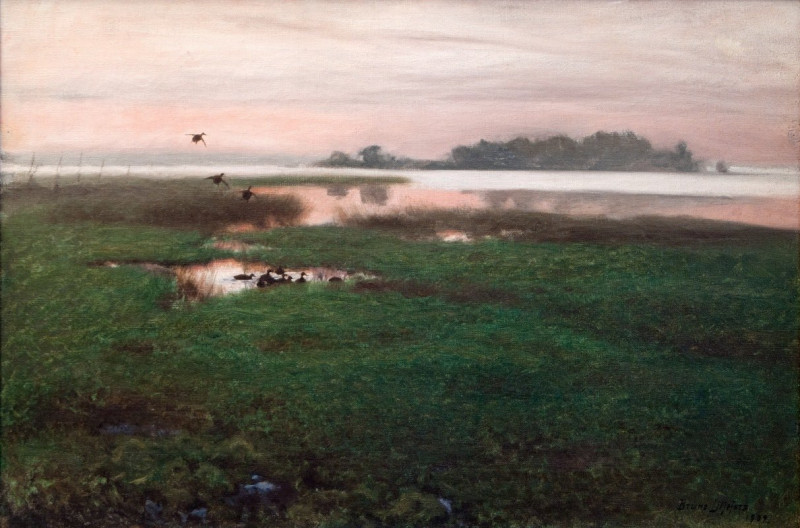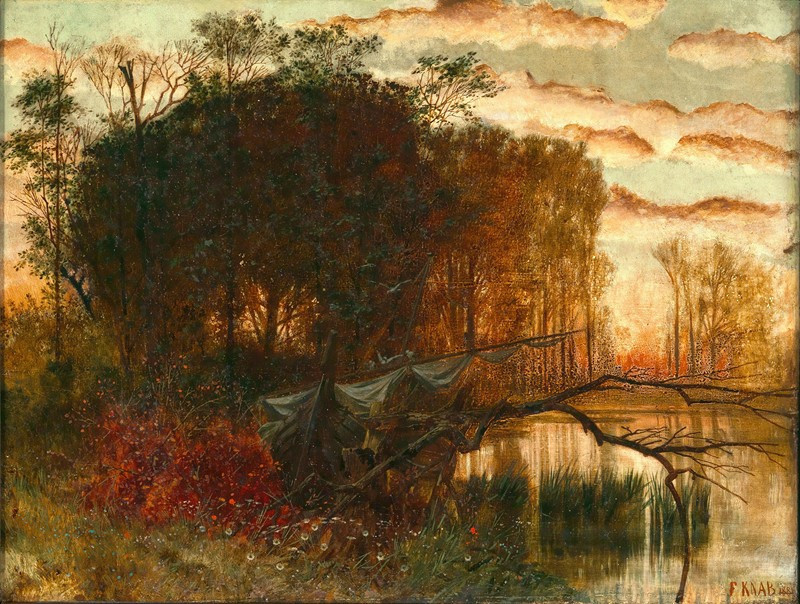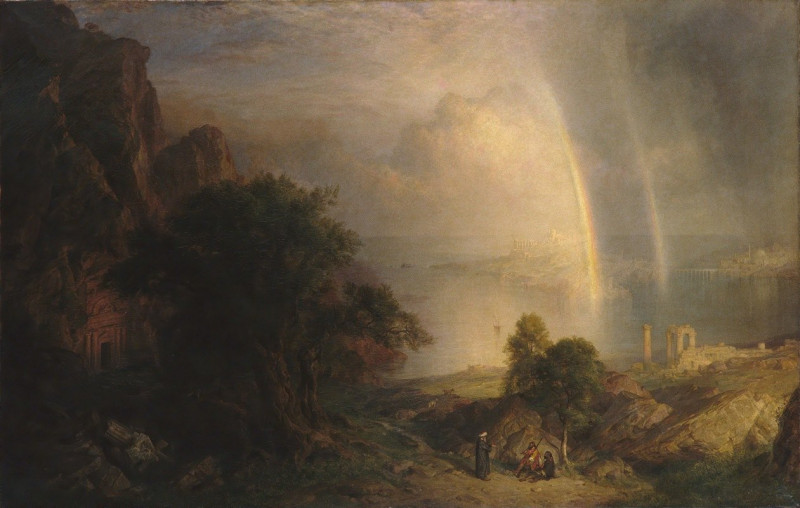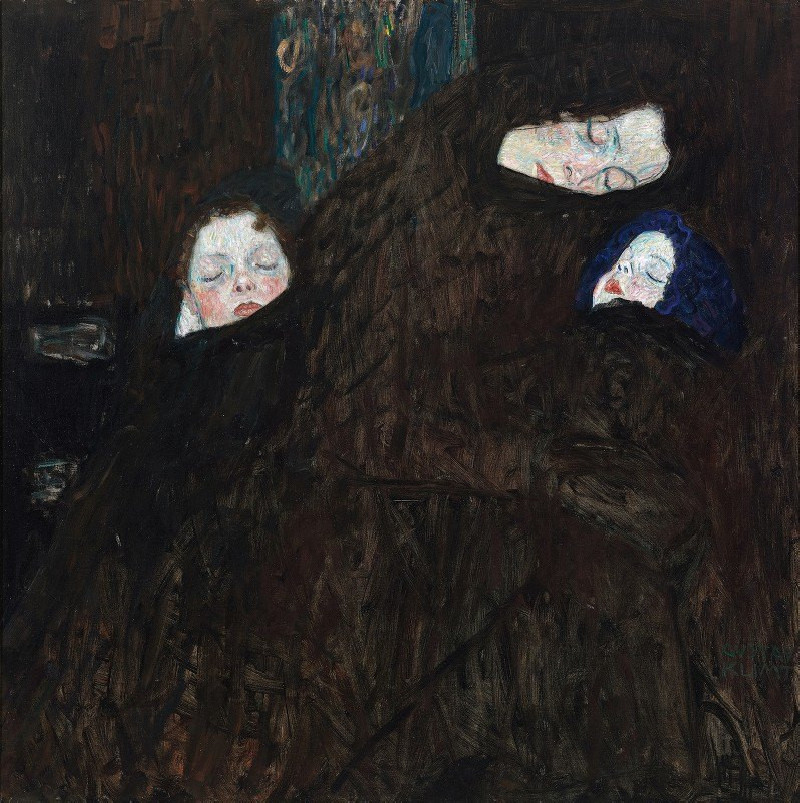La Goulue (1898)
Technique: Giclée quality print
Recommended by our customers
More about this artwork
Experience the vibrancy and excitement of late 19th-century Paris through Henri de Toulouse-Lautrec’s captivating 1898 lithograph titled "La Goulue." This striking artwork, created for the famous Moulin Rouge, showcases the dynamic and charming cancan dancer Louise Weber, known by her stage name La Goulue.In the painting, La Goulue is depicted in mid-twirl, her hair swept up and her expression one of joyous abandon as she performs. Her white, frilly dress, adorned with playful polka dots, flares dramatically against the stark silhouette of her partner, the towering figure Valentin le Désossé. The two dance on a bright yellow floor that contrasts sharply with the dark, lively audience silhouetted against a brilliant yellow background, adding to the painting’s lively atmosphere.Toulouse-Lautrec's use of bold colors and silhouettes not only captures the essence of La Goulue's spirited performances but also evokes the electrifying nightlife atmosphere of the Moulin Rouge.
Delivery
Returns
Comte Henri Marie Raymond de Toulouse-Lautrec-Monfa (24 November 1864 – 9 September 1901), known as Toulouse Lautrec was a French painter, printmaker, draughtsman, caricaturist, and illustrator whose immersion in the colourful and theatrical life of Paris in the late 19th century allowed him to produce a collection of enticing, elegant, and provocative images of the sometimes decadent affairs of those times.


